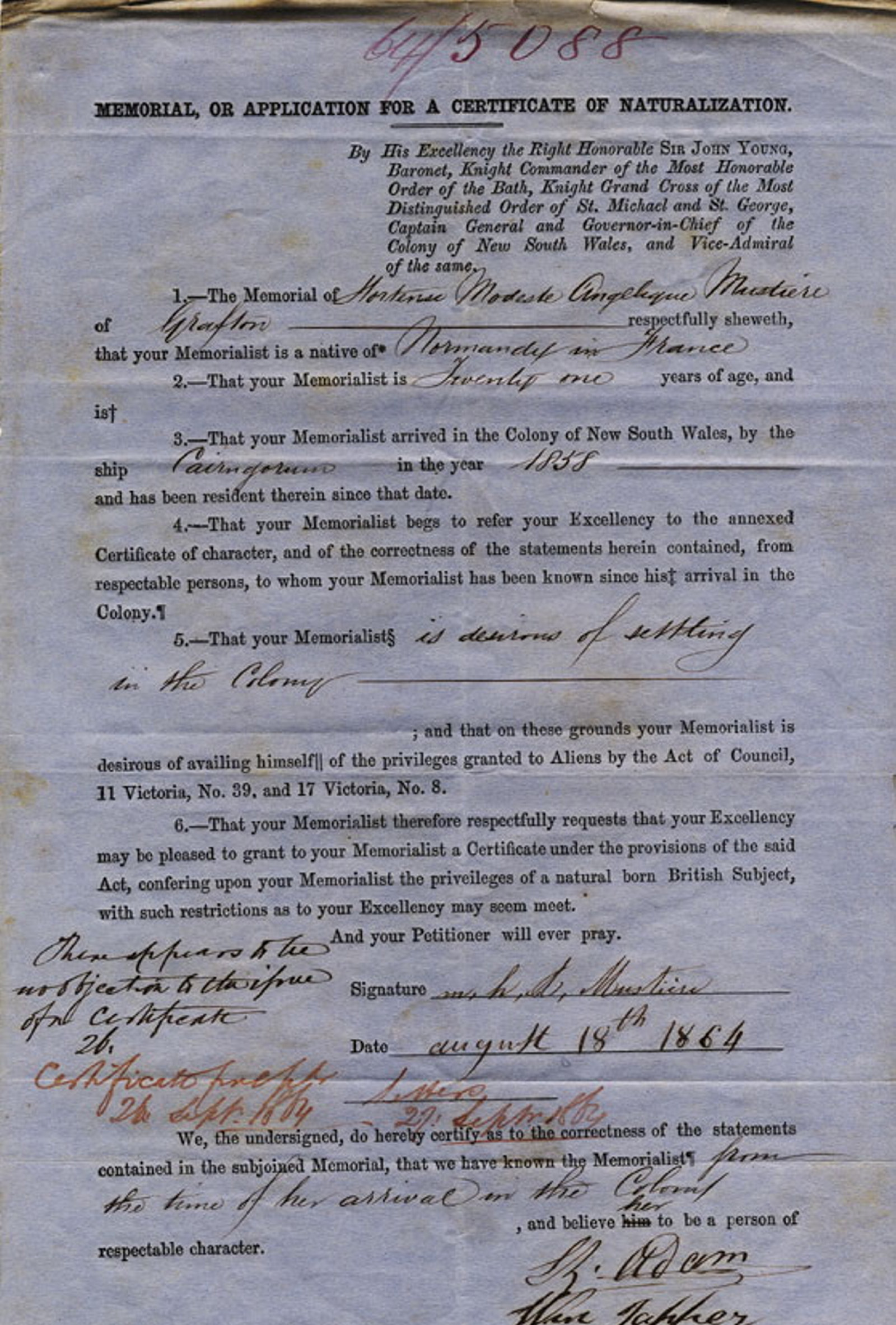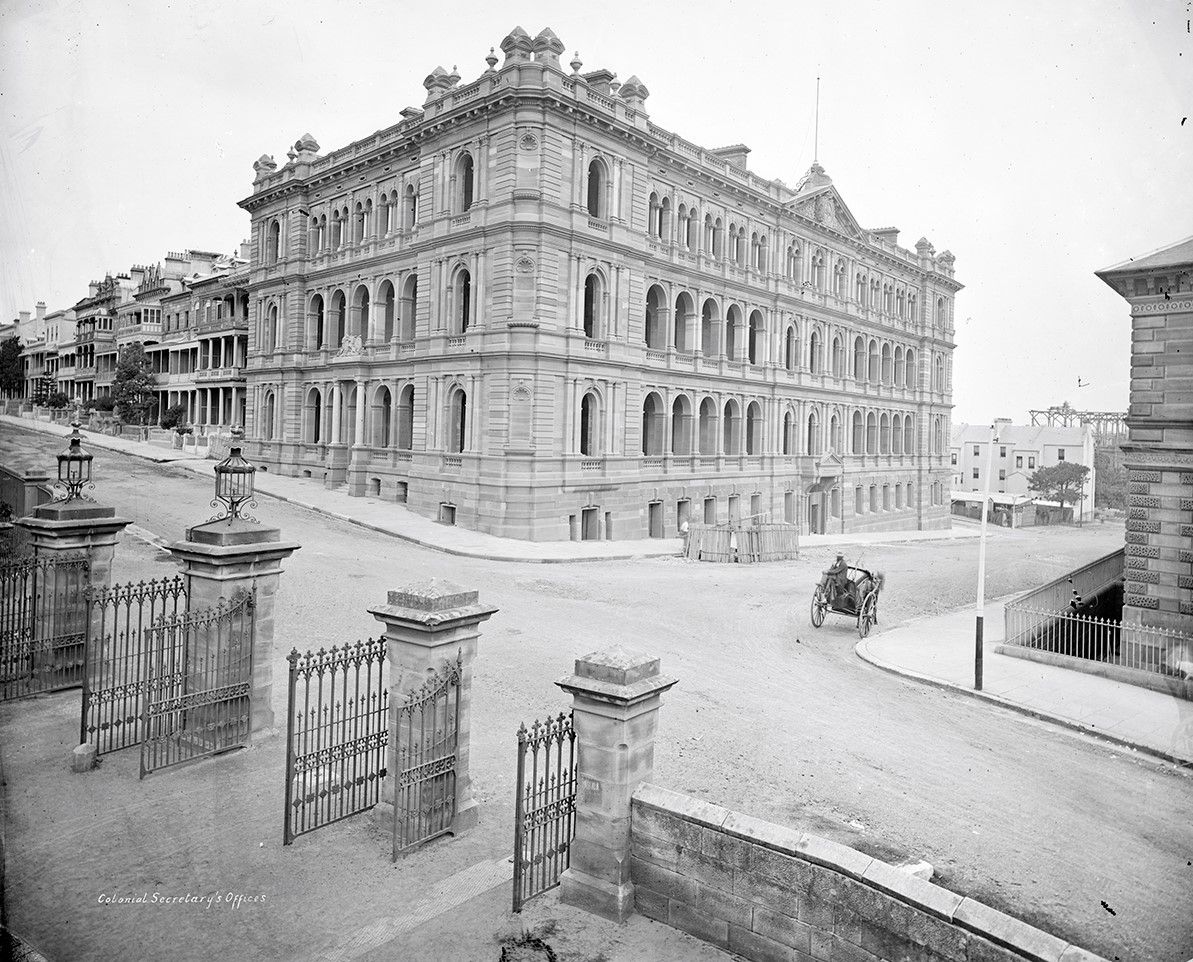Married women teachers declarations
In 1932, against the backdrop of the Depression, the NSW Government passed the Married Women (Lecturers and Teachers) Act. This Act restricted the employment of married women in the Department of Public Instruction, which meant that currently employed married women faced dismissal and any woman intending to marry had to resign upon doing so.
However, married women teachers could apply for an exemption by completing a statutory declaration every year explaining their circumstances. Most applied on the grounds of hardship, combined incomes being inadequate to support a family, supporting husbands unemployed due to illness or injury (especially after service during World War I), or supporting family members.
We hold copies of 693 declarations for exemption submitted by married women teachers for the years 1932–1935 as part of series NRS-12294 Special bundles [Public Service Board], which have all been digitised and are available to view in our State Archives catalogue.
This webinar explores the declarations and how to find them.
Example from the records
Browse allFamily history
Browse all
Naturalization & citizenship guide
Naturalization records are a good source of information for tracing details of an immigrant's arrival and native place. This guide lists the key records in our collection relating to naturalization, 1834-1903

Liverpool State Hospital & Home guide
Patient records in our collection for Liverpool Asylum for the Infirm and Destitute (1862-1933) and Liverpool State Hospital and Home (1933-1961)

Accessing Colonial Secretary's records online
A guide to assist users browsing NSW Colonial Secretary’s papers 1826-1900 at Ancestry.com or FamilySearch.org

Using the inquest index
Now with surviving inquest papers from 1916-1939 and April–December 1963 (Glebe Coroners Court), this webinar shows you how to use the inquest index and explore the new additions
